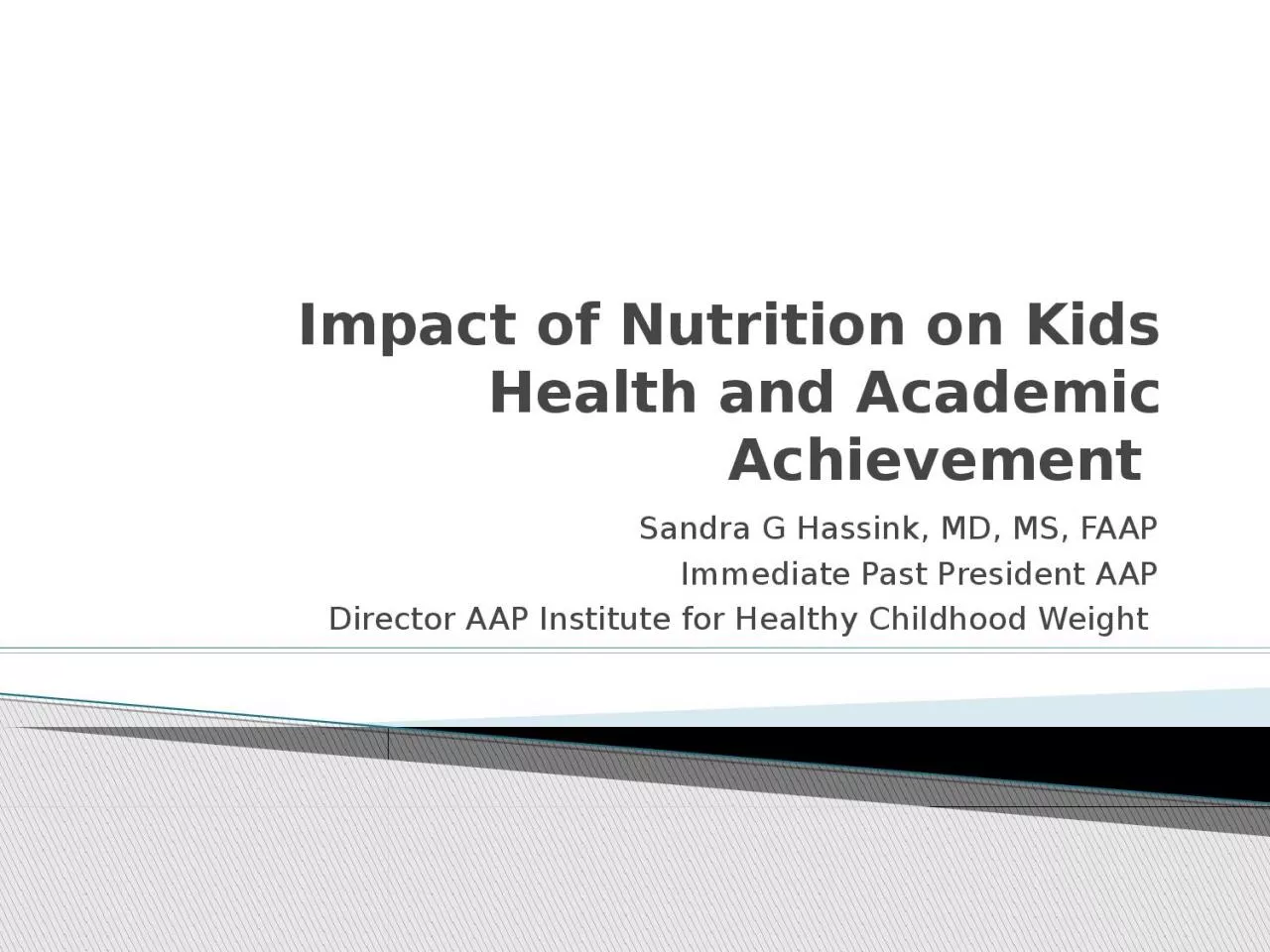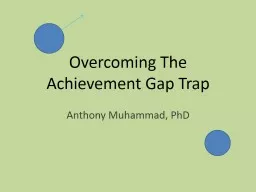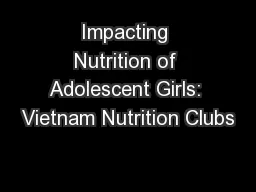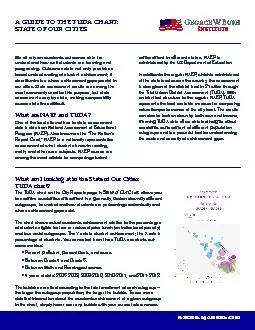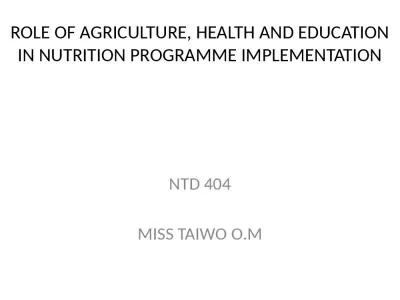PPT-Impact of Nutrition on Kids Health and Academic Achievement
Author : FuzzyWuzzyBear | Published Date : 2022-07-28
Sandra G Hassink MD MS FAAP Immediate Past President AAP Director AAP Institute for Healthy Childhood Weight Understand factors contributing to childhood obesity
Presentation Embed Code
Download Presentation
Download Presentation The PPT/PDF document "Impact of Nutrition on Kids Health and A..." is the property of its rightful owner. Permission is granted to download and print the materials on this website for personal, non-commercial use only, and to display it on your personal computer provided you do not modify the materials and that you retain all copyright notices contained in the materials. By downloading content from our website, you accept the terms of this agreement.
Impact of Nutrition on Kids Health and Academic Achievement: Transcript
Download Rules Of Document
"Impact of Nutrition on Kids Health and Academic Achievement"The content belongs to its owner. You may download and print it for personal use, without modification, and keep all copyright notices. By downloading, you agree to these terms.
Related Documents

